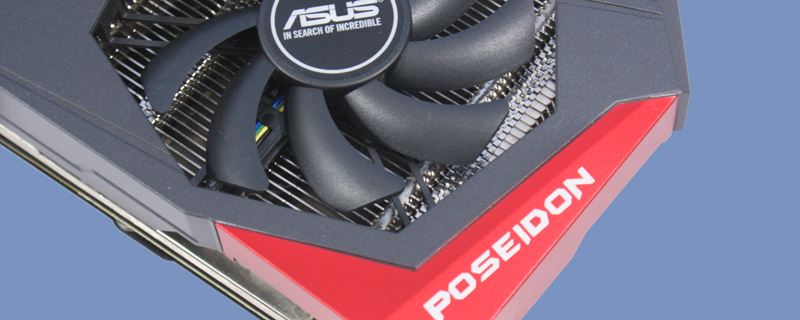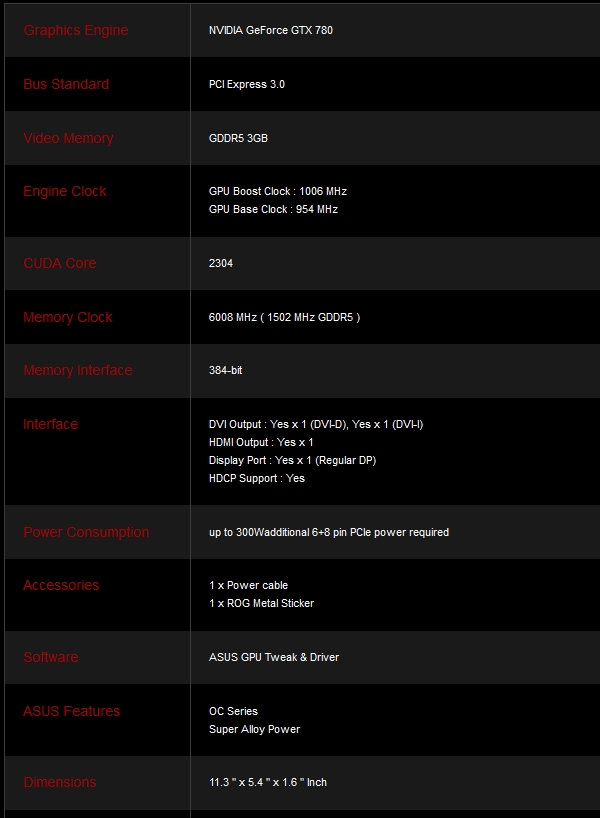ASUS ROG Poseidon GTX780 Review
Introduction
Poseidon is the Greek God of the sea, which should give you a clue as to the party piece of the ASUS ROG Poseidon.
Water-cooling is helpful for CPUs but almost demanded for graphics cards given their huge work-loading and subsequent heat. Heat has to be dispersed as quickly as possible to keep the card running at its optimum. Also, although CPUs respond well to overclocking in purely calculative tasks, the majority of PCs are gaming ones and graphics cards give a much bigger performance increase when overclocked on a stock CPU when compared to an overclocked CPU and a stock graphics card.Â
Heat is the enemy to high-overclocks and also noise. With more and more computers being part of the home, rather than tucked away in a bedroom or spare room, then the ability to game without deafening the rest of your family is vital. Finally the nVidia GPU Boost 2.0 technology is now refined to a point that if you can give it a huge amount of thermal headroom you can obtain results that would be extremely difficult to replicate on air.
Of course water-cooling requires the purchase of a third-party waterblock which is an extra expense and one guaranteed to invalidate your warranty. If only you could have the best of both worlds. The convenience of air, the cooling option of water, and no need to break out the screwdriver. Enter the ASUS Poseidon.
Technical Specifications
In pure specification terms the Poseidon seems like any other GTX780. However, as we’ll see on the next page, specifications don’t tell the whole story.
Take a look at the card up close with our RushKit video below – the full OC3D TV review is in the conclusion where it always is
Â




